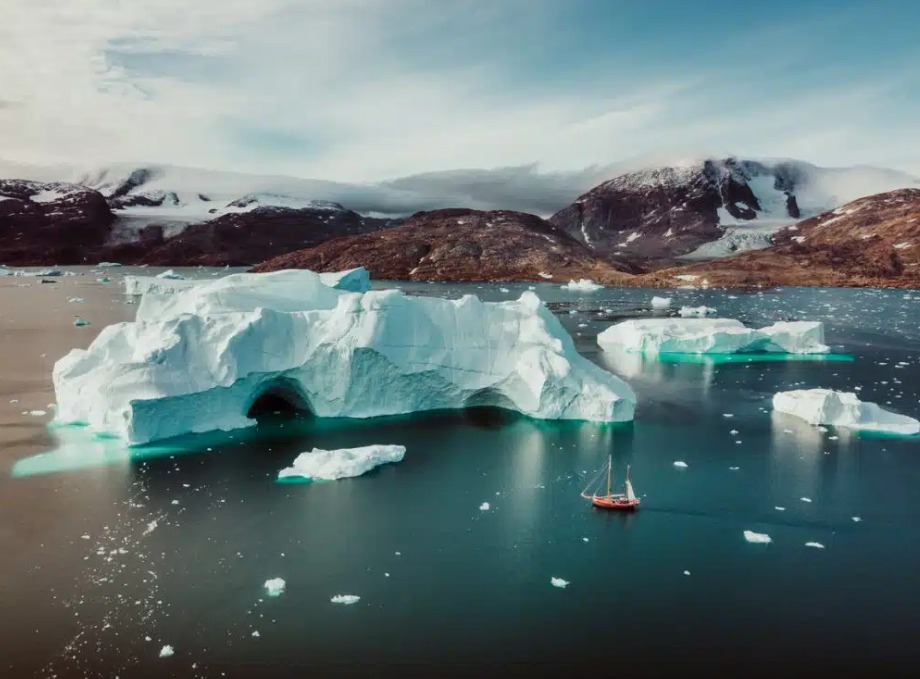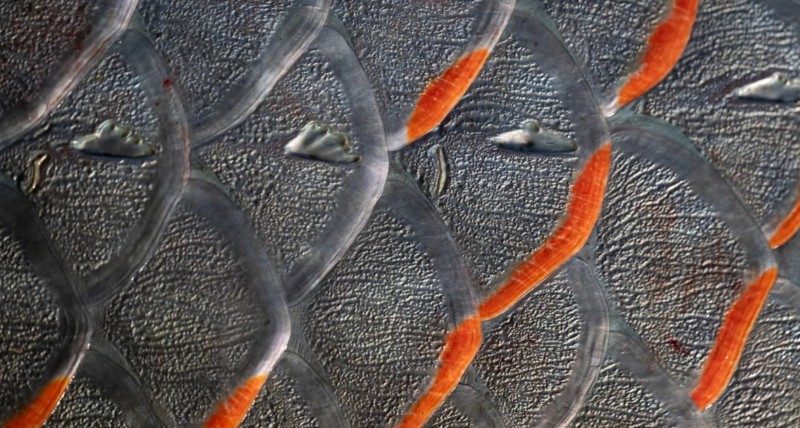We may need to rethink that old expression « Greenland is ice, Iceland is green. »
New research published Tuesday says that because of global warming, Greenland’s ice sheet is melting fast – and being replaced by vegetation.
Parts of Greenland are becoming green again for the first time since the Vikings visited nearly 1,000 years ago, according to study co-author Jonathan Carrivick, an Earth scientist at the University of Leeds in the U.K.
And where there was once snow and ice just a few decades ago, there are now areas of shrub, along with barren rock and wetlands, the study reports.
How much ice has melted?
An estimated 11,000 square miles of Greenland’s ice sheet and glaciers have melted over the past three decades, the study reports.
Overall, the total area of ice loss in the past 30 years is slightly greater than the size of Massachusetts and represents about 1.6% of Greenland’s total ice and glacier cover.
“Warmer temperatures are linked to the land cover changes that we are seeing on Greenland, » Carrivick said in a statement. « By analyzing high-resolution satellite images, we have been able to produce a detailed record of the land cover changes that are taking place.”

Vikings’ records suggest vegetation was ‘more extensive then’
The last time Greenland was this green was « possibly during the Medieval Warm Period, » (roughly 900 to 1,300 A.D.), Carrivick told USA TODAY. « The ice sheet was less extensive then than today, and it is likely vegetation was more extensive then, too, as the Viking records suggest. »
Why does ice on Greenland matter?
Why should we care about what happens in Greenland? In addition to the local effects on people, flora and fauna, « the loss of ice mass in Greenland is a substantial contributor to global sea level rise, a trend that poses significant challenges both now and in the future, » said study lead author Michael Grimes, also of the University of Leeds.
If all the ice on Greenland melted, global seas would rise by about 23 feet, according to NASA,
In addition, freshwater intrusion into the ocean could affect underwater currents that influence climate and weather in the U.S. and around the world.



